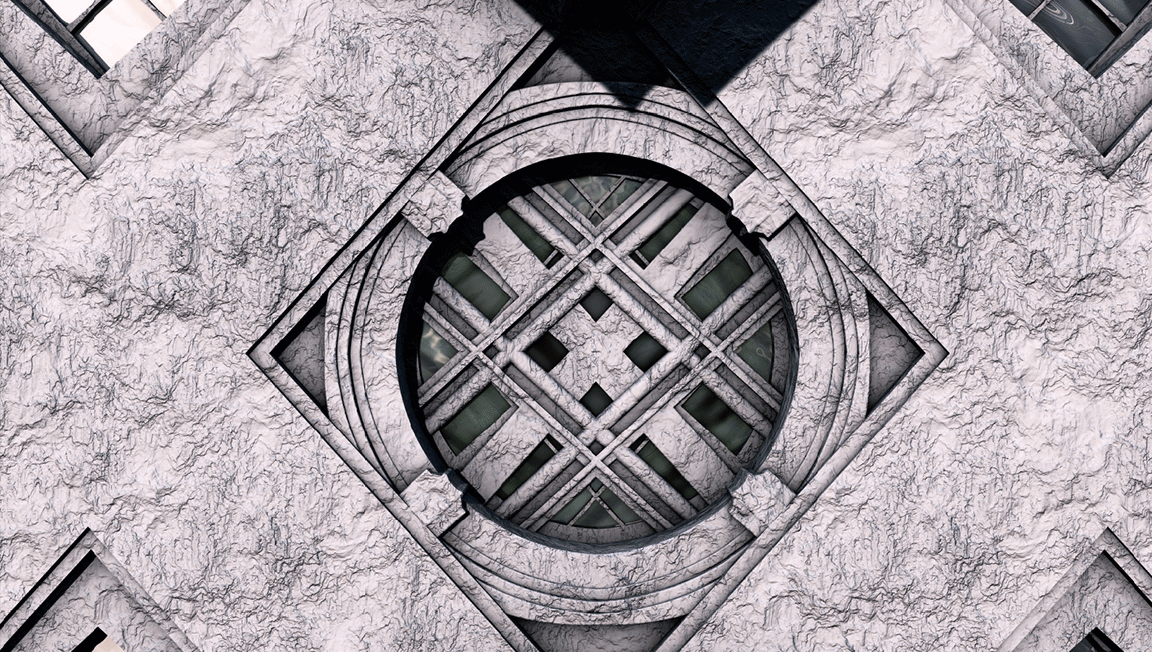
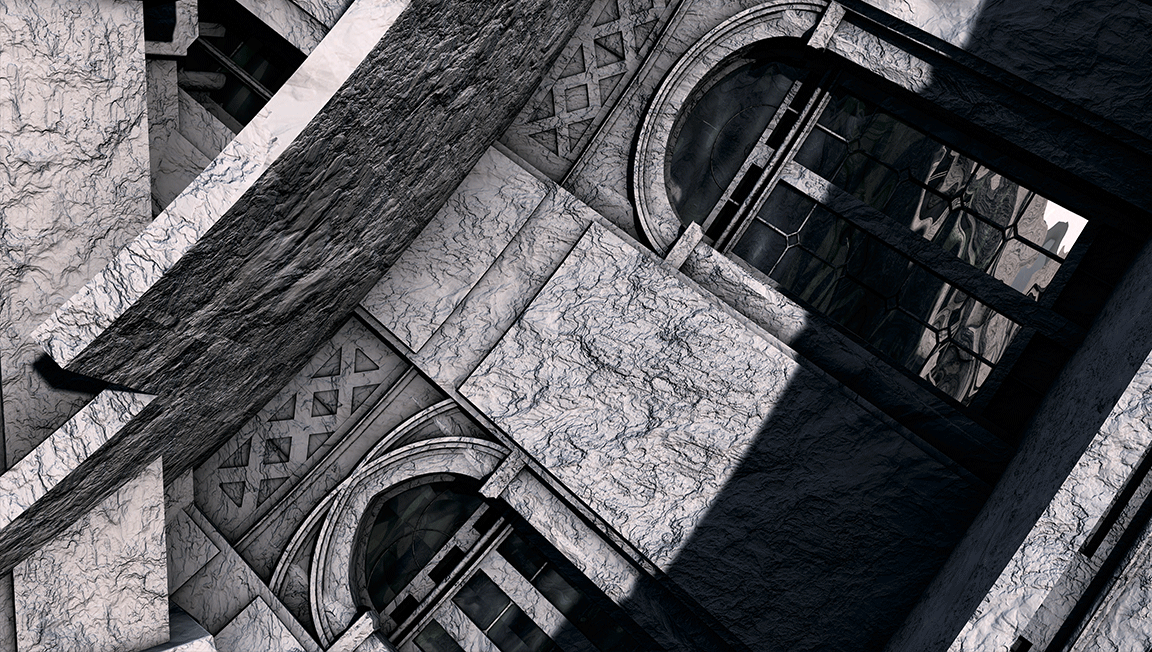
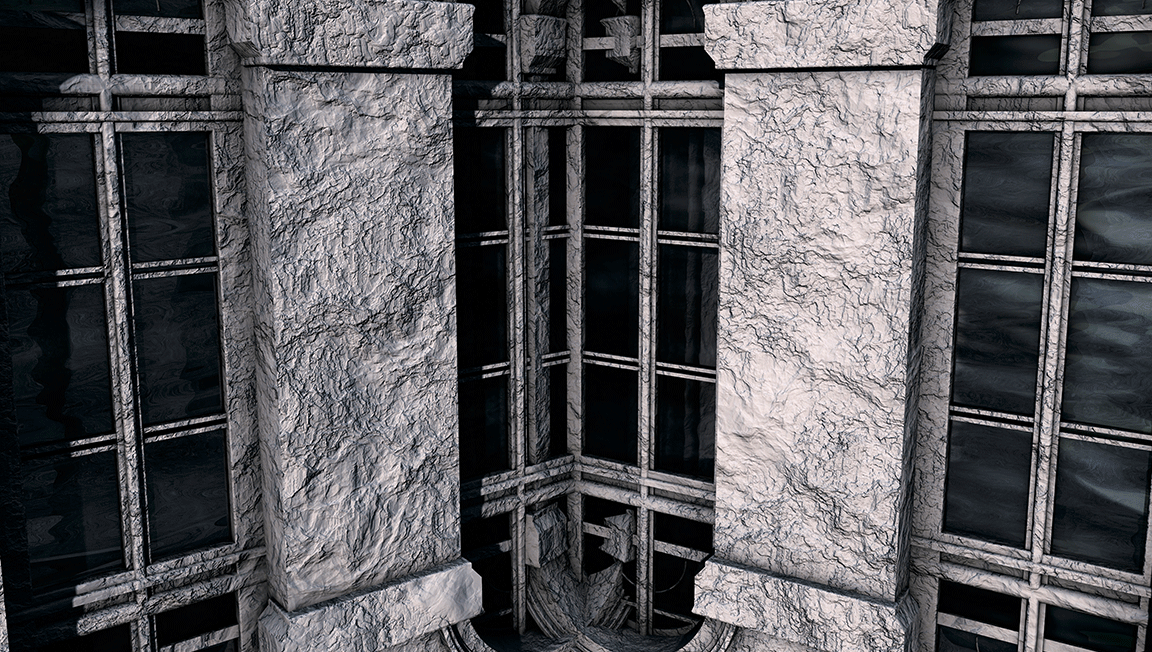
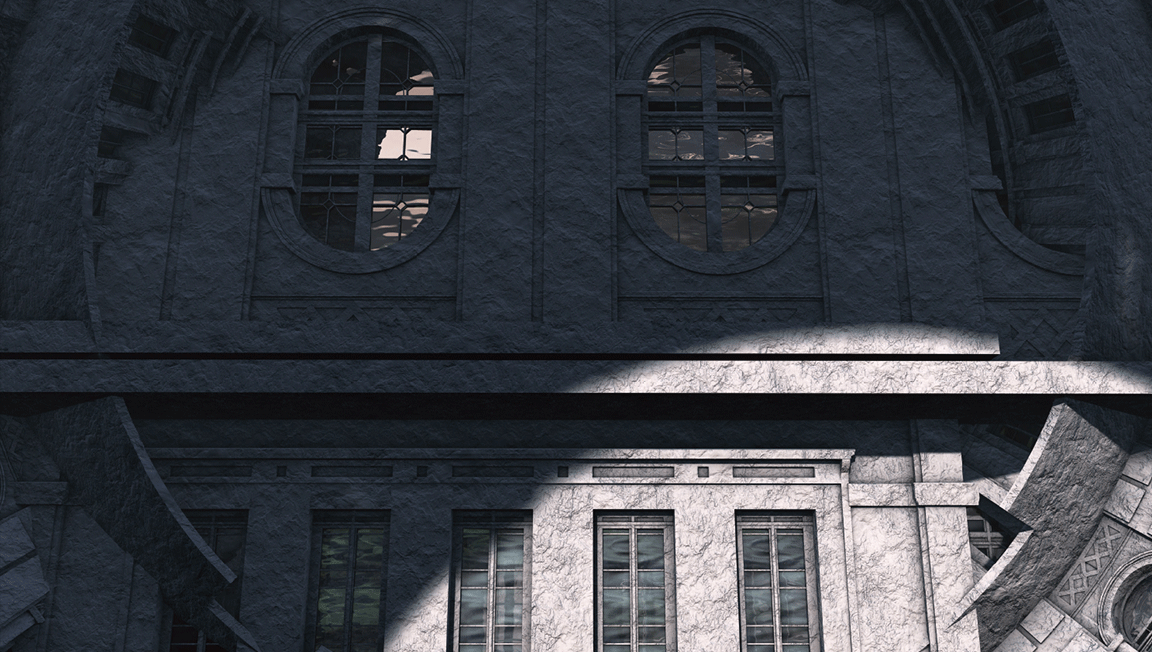
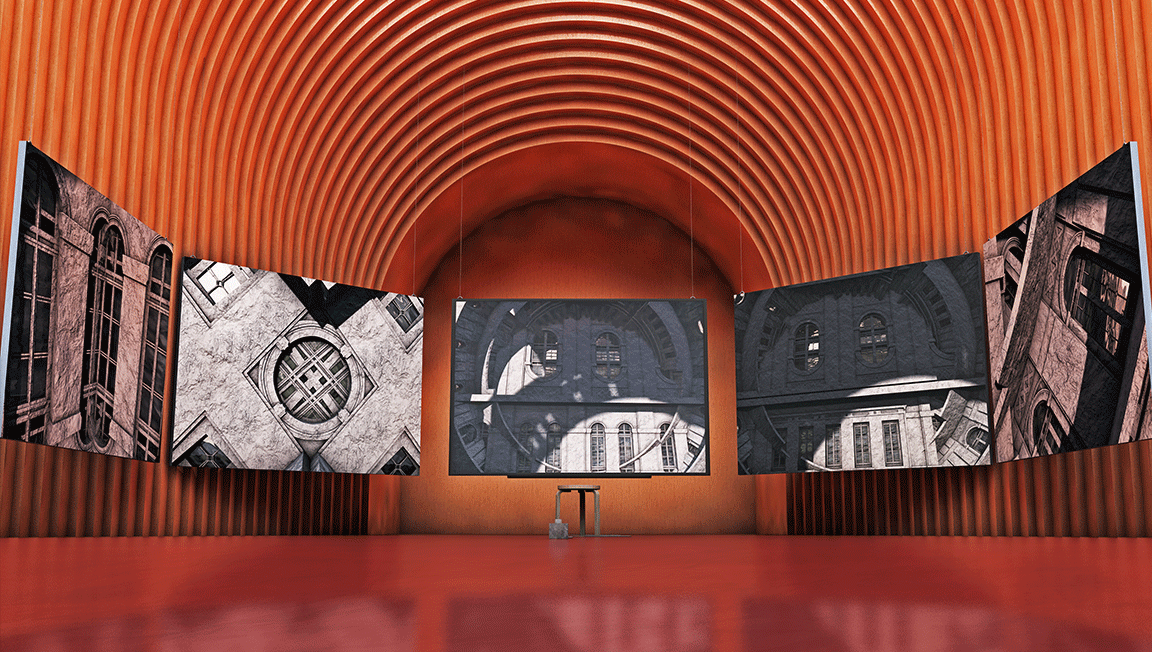
Project Ruin
Context render
Trailer
In museums, the decision to present one object as decorative art and another as a historical artefact does more than create a hierarchy of aesthetic values—it constrains the conversation between these pieces, limiting the rich stories they could tell together.
J. Gonzalez’s observation on curatorial choices strikes at the heart of how museums shape narratives through selective framing. What if museums shifted their role from curator to observer, allowing the exhibition space to reveal the biases that shape how we engage with heritage?
J. Gonzalez’s observation on curatorial choices strikes at the heart of how museums shape narratives through selective framing. What if museums shifted their role from curator to observer, allowing the exhibition space to reveal the biases that shape how we engage with heritage?
This question lies at the core of Project Ruin, an exploration of the decomposition of form, value, and cultural legacy. Ruin, in this context, isn’t just a physical state; it’s a metaphor for endurance, transformation, and the embrace of decay. By highlighting how ruins are both exposed and hidden, the project captures the duality of human memory—our most precious thoughts often caught between what we choose to preserve and what fades away.
Through this art installation, Ruin challenges the colonial and cultural frameworks that have long defined museum spaces. By deforming the shape and color of the structures that house these narratives, the work exposes the ways museums can act as agents of cultural adaptation and transformation. Spectators interact with the installation through an audiovisual experience, switching between different "filters" that represent various stages of decomposition. This interactivity not only alters the way viewers perceive the work, but also forces them to confront how their own perspective shapes what they see.
In Ruin, the facade of the Wereldmuseum becomes a canvas for decolonisation. By reinterpreting the resolute architecture of the building—rooted in Dutch history and architectural tradition—the project questions whether such solid forms should remain fixed in time. Could we imagine a more vibrant, fluid architecture, one that acknowledges cultural legacies while also embracing change? By rethinking the built environment, Ruin seeks to stimulate a broader conversation about cultural awareness and recognition in the Dutch context.
Master Interior Architecture: Research + Design
Piet Zwart Institute | 2018
Master Interior Architecture: Research + Design
Piet Zwart Institute | spatial set up | 2018